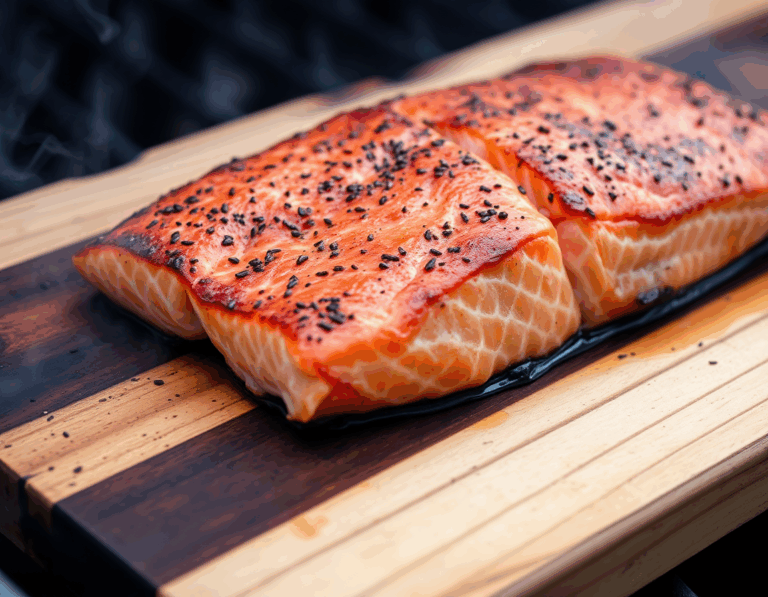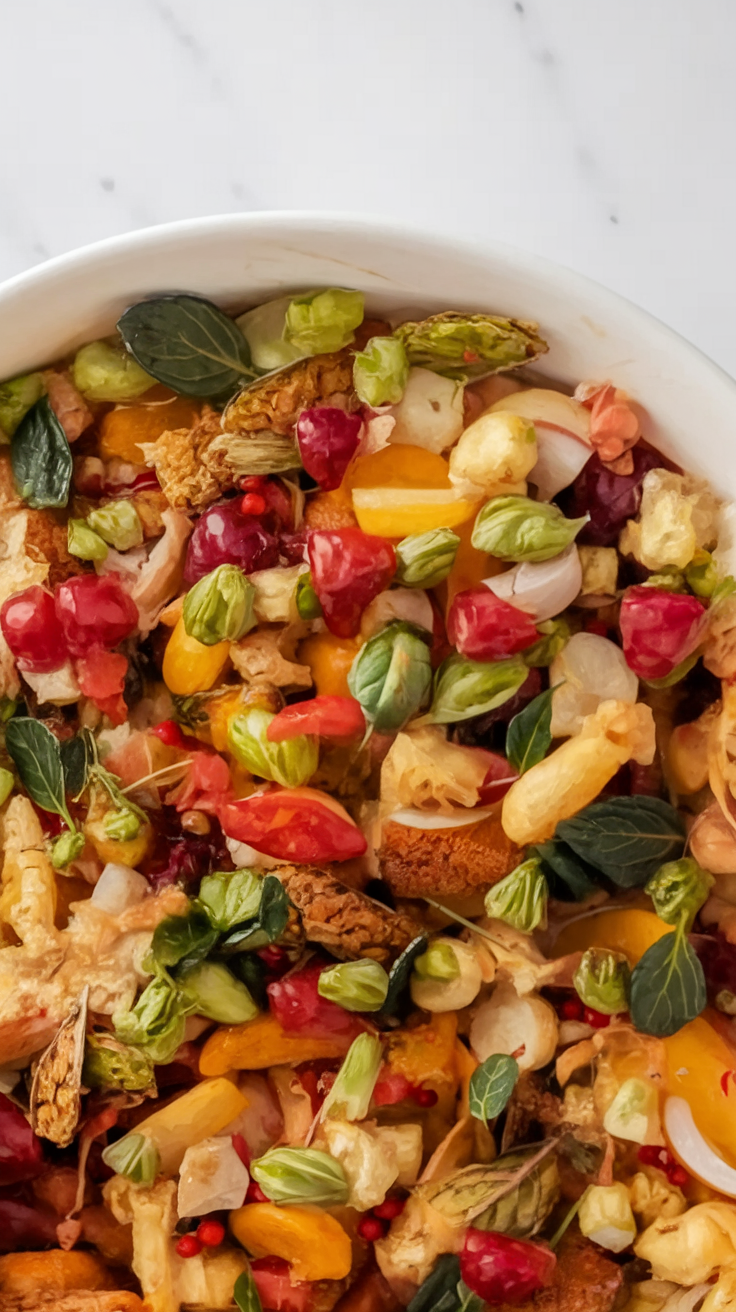Thanksgiving, a time to celebrate abundance and gratitude, invites us to the table with flavors rich in history and culture. Have you ever wondered what it would be like to taste the traditions of those who first called this land home? The aroma of sage, the warmth of corn, and the zest of wild berries—these recipes bring a unique twist to the holiday feast, connecting us to the roots and spirit of Native American culinary heritage.
Steps
- Succotash: Prepare a blend of sweet corn, zucchini, and lima beans. Cook them with crispy bacon for added texture and flavor.
- Three Sisters Dish: Combine corn, beans, and winter squash. These ingredients complement each other and enhance soil health through companion planting.
- Cedar Plank Salmon: Grill salmon on a cedar plank for a flavorful and effortless cooking experience. This method, rooted in Pacific Northwest traditions, eliminates the need for flipping.
- Roasted Turnips: Roast purple-top turnips until they turn sweet. If using small radishes, keep the skin on and cut them into larger pieces for faster cooking.
- Bison Meatballs: Mix bison meat with cranberries and wild rice for savory meatballs. Serve them as an appetizer or with wild rice and root vegetables for a complete meal.
- Chayote With Dried Green Chile: Cook chayote with dried green chiles for a mild, flavorful dish. Substitute zucchini if chayote is unavailable.
- Tamales: Use corn masa to prepare tamales, a staple in Native American cuisine. Involve friends and family in the cooking process for a fun group activity.
- Wild Rice With Root Vegetables: Create a hearty salad with wild rice and your choice of fresh root vegetables. Customize the ingredients based on what’s available locally.
- Roasted Delicata Squash: Roast delicata squash for a creamy, sweet dish. The small size of the squash allows for easier handling and faster cooking.
- Best-Ever Pozole: Prepare a flavorful pozole by simmering it for an extended time. This enhances the flavors, making it a perfect dish for multitasking.
- Whole Roasted Trout: Roast a whole trout filled with citrus and herbs. This preparation enhances the delicate flavor of the fish.
- Fried Green Tomatoes: Coat green tomatoes in a cornmeal crust and fry until crispy. Serve with a classic remoulade or a simple spicy mayo.
- Wild Rice Pudding: Sweeten wild rice with maple syrup and pair it with fresh fruit. The rice develops aromatic flavors with notes of vanilla and toasted nuts.
- Best Baked Catfish: Bread catfish in cornmeal and bake for an easy, mess-free meal. The crispy exterior contrasts beautifully with the tender fish inside.
- Grilled Bone-In Bison Steaks With Crisped Potatoes: Grill bison steaks and serve with crispy potatoes for a hearty dish. The robust flavor of bison pairs well with the crispy texture of the potatoes.
- Roasted Butternut Squash: Roast butternut squash until tender and caramelized. The natural sweetness of the squash makes it a versatile side dish.
- Fried Cornbread: Shallow-fry cornbread batter for a crispy exterior. Serve with butter and honey for a delightful treat.
- Harvest Chicken Casserole: Bake a hearty chicken casserole with seasonal vegetables. This dish is perfect for enjoying the flavors of the harvest.

Ingredients
- 2 cups corn kernels
- 1 cup diced zucchini
- 1 cup lima beans
- 4 slices bacon, chopped
- Salt and pepper to taste
FAQ
- What is the historical significance of the Three Sisters Dish?
- The Three Sisters Dish is rooted in Indigenous Mesoamerican agriculture, where corn, beans, and squash were grown together. This method of companion planting not only provides a balanced nutritional profile but also demonstrates agricultural practices that enhance soil health and crop growth.
- How is Cedar Plank Salmon traditionally prepared?
- Cedar Plank Salmon is a revered dish among Pacific Northwest tribes, including the Nez Perce, Yakima, and Umatilla. The traditional method involves grilling the salmon on a cedar plank, which imparts a distinct flavor and ensures even cooking without the need for flipping.
- Can chayote be substituted in recipes, and if so, with what?
- Yes, chayote, which is part of the squash family, can be substituted with zucchini in recipes. Both vegetables have a mild flavor and can absorb the flavors of the dish they are cooked in.
- Why is wild rice used in desserts like Wild Rice Pudding?
- Wild rice, when used in desserts such as Wild Rice Pudding, develops a complex flavor profile, enhanced by the addition of maple syrup. It takes on aromatic qualities with hints of vanilla and toasted nuts, making it a delightful base for sweet dishes.
- What is the benefit of baking catfish compared to frying?
- Baking catfish is a convenient alternative to frying as it reduces the mess associated with oil splattering. Baking still allows for a crispy cornmeal crust, which is a nod to traditional Native American cooking methods, while keeping the fish tender and flaky.
Tips
- When making roasted turnips, consider leaving the skin on if they’re small and sweet to save prep time. Check for doneness at around 15 minutes as they may roast faster.
- For tamales, involve friends or family in the preparation process to make it a fun group activity, enhancing the cooking experience and efficiency.
- If you’re unable to find chayote for your recipe, substitute with zucchini as it has a similar mild flavor and will blend well with other ingredients.
- When preparing pozole, don’t rush the simmering process. Allowing it to simmer for a longer time will intensify the flavors, resulting in a more delicious dish.
Equipment
- Cedar Plank – For grilling the Cedar Plank Salmon.
- Bison Meat Grinder – If making ground bison for the Bison Meatballs.
- Tamale Steamer – For cooking tamales.
- Cast Iron Skillet – Useful for frying items like Fried Green Tomatoes and Fried Cornbread.

